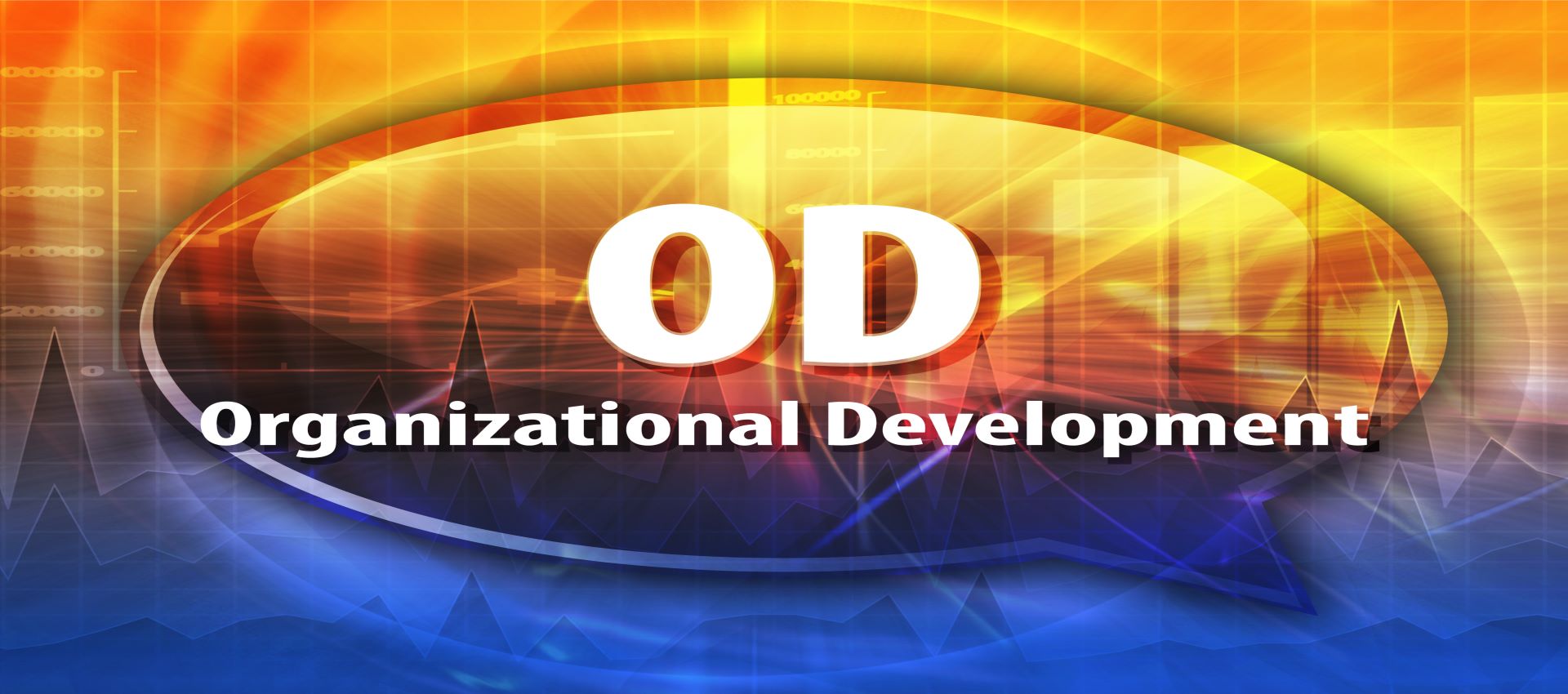09 Feb What is Organizational Development?
by Wayne Forster July 2020
A municipal department was introducing a new computer system that would improve the way staff interacted with clients and recorded client data. I was brought in to conduct sessions with the staff to help them prepare for the change. I focused on alleviating their fears about the change, identifying the benefits to the organization and themselves once the new system was in place, and empowering them to take control of the change process.
A major multi-branch financial services organization contracted me to assist in the development of a cultural transformation strategy to implement a relationship management process. It was part of an overall strategy to enhance customer service and achieve competitive advantage. I developed a relationship management map identifying and describing strategic elements of the process.
A building materials wholesaler asked me to assess the cost-effectiveness of their administrative department and facilitate the implementation of any recommendations from my assessment. As a result, we restructured the department, redesigned job positions, and changed a number of processes. This led to reduced costs and greater efficiency.
These are all examples of Organizational Development.
The impetus for an Organizational Development initiative is typically the need to respond to some externally imposed change. In the first example above the change was driven by client demands; in the second example, by competitive forces; in the third example, by shareholders requiring a greater return on their investment. In each case, the work I did was designed to strengthen the capacity of the organization to adapt to change and do the things they needed to do in order to be successful.
With an understanding of their culture, organizations are better equipped to make the changes necessary to achieve their goals.
Organizational Development (OD), then, is a professional practice that uses a specific set of tools and techniques to help organizations achieve their goals. Its primary focus is on the relationships between individuals and groups within the organization. By influencing those relationships, it helps strengthen the organization as a system and enable its people to grow to their full potential.
OD practices and processes are based on the behavioural sciences, particularly the way people tend to behave in groups. It looks at the beliefs, attitudes, and values of people in an organization, and how collectively through their interactions with each other these beliefs, attitudes, and values constitute the “culture” of the organization. With an understanding of their culture, organizations are better equipped to make the changes necessary to achieve their goals.
OD initiatives can be used to help achieve a number of desired outcomes, including but not limited to the following:
increasing revenues
lowering costs
improving profitability
enhancing competitiveness
melding corporate cultures from a merger or acquisition
facilitating learning and development
improving problem solving
ensuring the health and well-being of employees
strengthening systems and processes
OD initiatives are best guided by a change agent or change team whose primary role is that of facilitator and coach, rather than subject-matter expert. It requires skills in working with individuals and groups in a collaborative way, involving those affected by the change
As mentioned earlier, the impetus for an OD initiative is typically the need to respond to change – technological change, changes in market conditions, changes in the competitive environment, changes in the overall economy, social or cultural changes, even political changes. OD strengthens the capacity of the organization to adapt to change and do the things they need to do in order to be successful.
It’s really about creating a resilient organization that can handle anything thrown at it.



